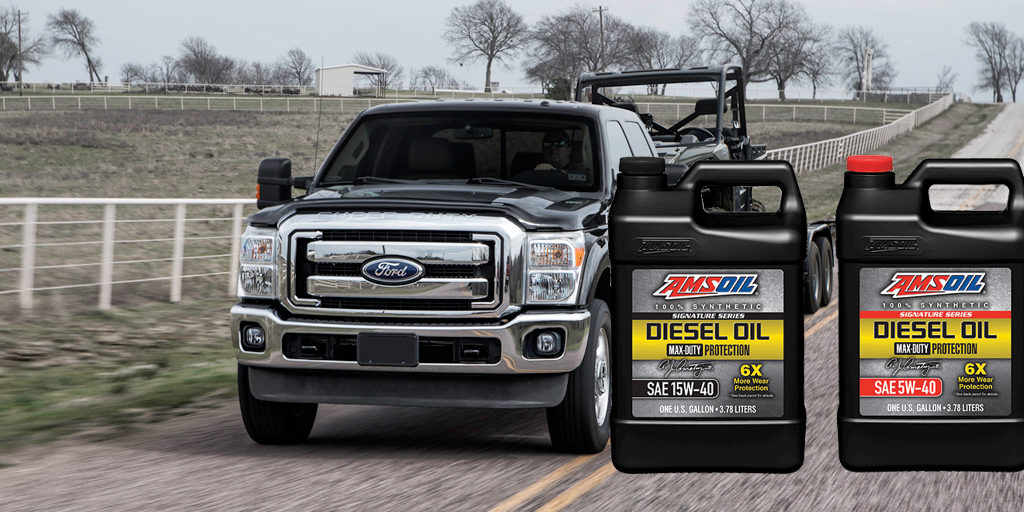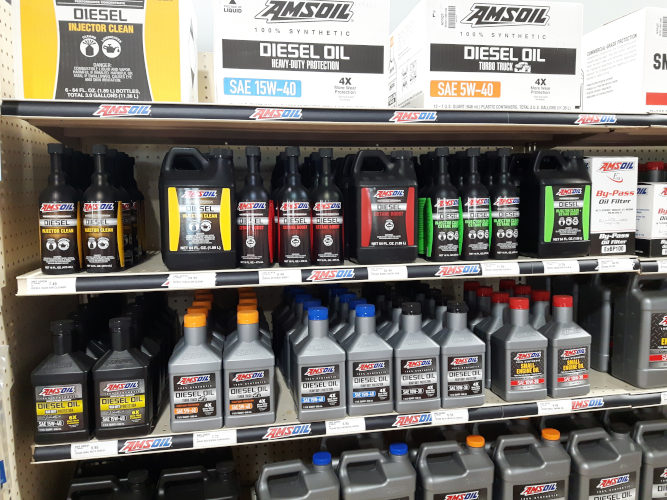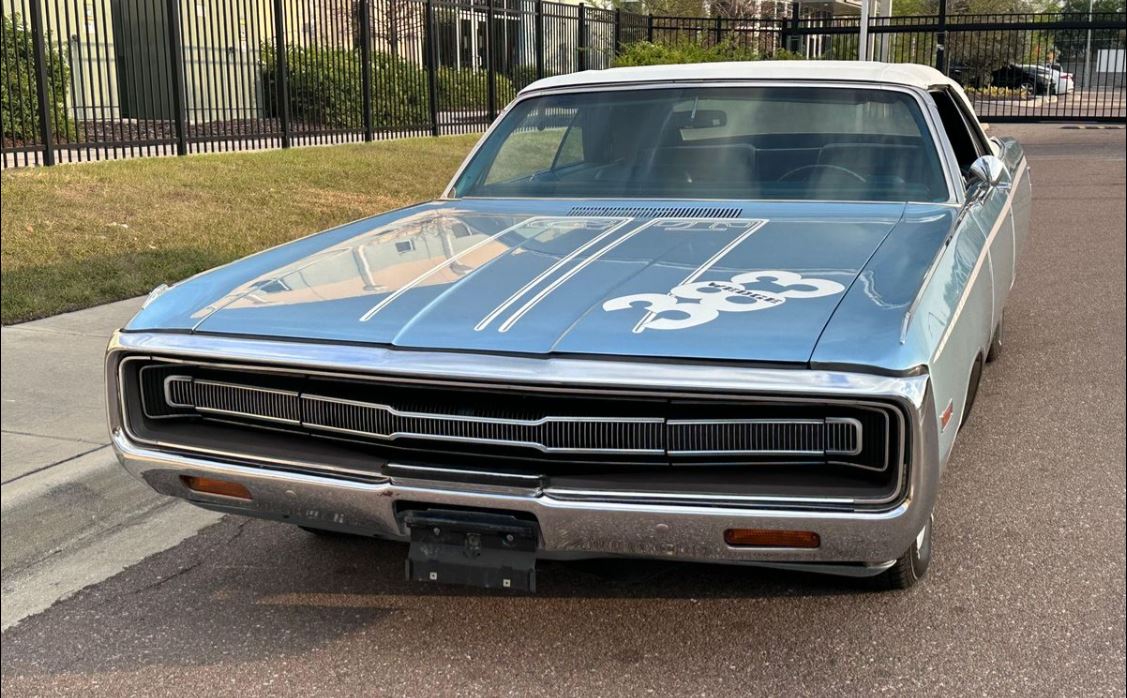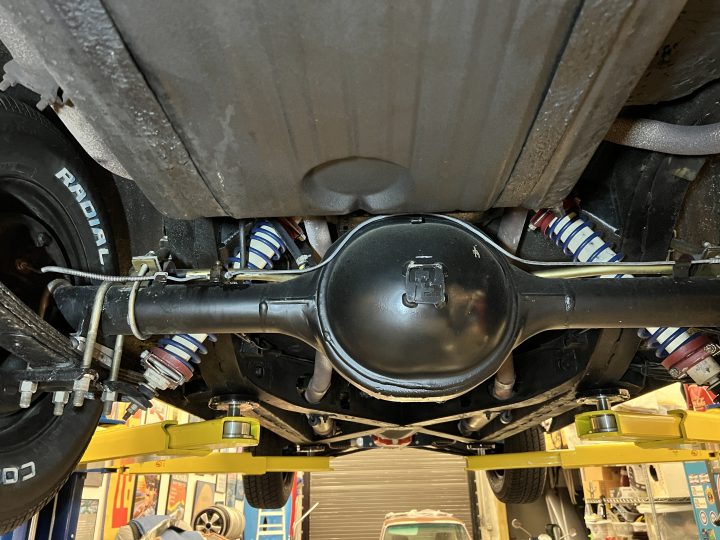Lubricant Viscosity Explained Ed Newman|May 24, 2017 8:30 AM A lubricant’s viscosity and how it changes under different temperatures and operating conditions is one of the most important properties that determines lubricant performance and protection. Viscosity can be viewed in two ways: • Kinematic viscosity • Dynamic (or absolute) viscosity Kinematic viscosity is defined by […]
It Ain’t Easy Being Green
It Ain’t Easy Being Green Kerry Johnson|Apr 21, 2017 1:56 PM AMSOIL INC. is headquartered in the land of 10,000 lakes. Imagine clean, blue water, pine trees for days, and wildlife that roams free. It is a beautiful place and we do our best to not take it for granted. Earth Day is a great time to […]
Remember This When Trying to Find Which ...
Remember This When Trying to Find Which Transmission Fluid You Need John Baker|Jun 26, 2017 8:43 AM Take a look at just a few of the dozens of automatic transmission fluid (ATF) specifications on the market: ATF+4 Mercon V Mercon LV Dexron VI ATF DW-1 ATF T-IV SP-IV Toyota ATF-WS Honda DW (ZF Diamond SP-IV […]
The Pinnacle of Performance
The Pinnacle of Performance The new Signature Series Synthetic Motor Oil formulation builds upon its rock-solid foundation to offer enthusiasts a new level of engine protection. Signature Series Synthetic Motor Oil (ASM, ALM, AZO, ASL, ATM, AZF, AMR) Improving Signature Series was a challenge, but the results prove the new formulation blows the doors off […]










